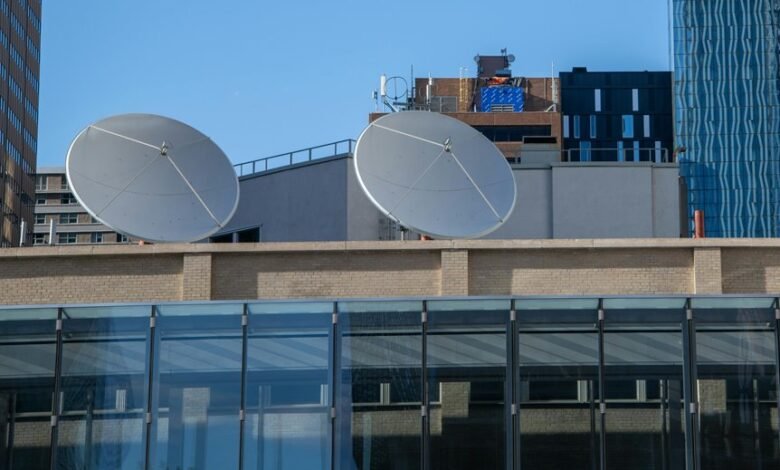Telecommunication Oversight Fraud Risk Control Network 3513620818 3512724417 3509558330 3760082794 3510517030 3497060637

The Telecommunication Oversight Fraud Risk Control Network serves a vital function in managing the intricate landscape of fraud risks. Specific numbers, such as 3513620818 and 3512724417, exemplify the vulnerabilities that require attention. Through stakeholder collaboration and advanced analytics, the network aims to identify and mitigate these risks. However, the effectiveness of these strategies remains a subject of ongoing evaluation, raising questions about the overall integrity of the telecommunications ecosystem. What measures can further enhance this network’s resilience?
Overview of the Telecommunication Oversight Fraud Risk Control Network
In light of the increasing complexity of telecommunications systems, the Telecommunication Oversight Fraud Risk Control Network has emerged as a critical framework for mitigating fraud risks within the industry.
This network architecture facilitates the identification and analysis of evolving fraud trends, enabling stakeholders to implement proactive measures.
Key Strategies for Fraud Prevention and Detection
While the telecommunications sector faces persistent threats from fraudulent activities, implementing key strategies for fraud prevention and detection is essential to safeguarding assets and maintaining trust.
Utilizing fraud analytics allows organizations to identify patterns and anomalies, while comprehensive risk assessment frameworks enable proactive measures.
These strategies foster a resilient environment, reducing vulnerabilities and enhancing the overall integrity of telecommunications networks against fraudulent practices.
Role of Stakeholders in Enhancing Network Integrity
Stakeholders play a pivotal role in enhancing the integrity of telecommunications networks, as their collective efforts are vital for combating fraud and improving overall security.
Effective stakeholder engagement fosters network transparency, allowing participants to share insights and best practices. This collaboration not only mitigates risks but also promotes trust among users, ultimately contributing to a more resilient telecommunications ecosystem.
Measuring the Effectiveness of the Oversight Network
Measuring the effectiveness of the oversight network is essential for identifying vulnerabilities and ensuring robust fraud prevention mechanisms. This process involves utilizing effectiveness metrics to assess performance systematically.
Furthermore, oversight evaluation provides insights into operational weaknesses and highlights areas for improvement. By maintaining a detailed focus on these parameters, organizations can enhance their strategic frameworks, ultimately fostering a more resilient telecommunications environment.
Conclusion
In the intricate tapestry of telecommunications, the Telecommunication Oversight Fraud Risk Control Network symbolizes a vigilant guardian, safeguarding the threads of communication from the fraying edges of fraud. By weaving together stakeholder collaboration and advanced analytics, it not only fortifies the integrity of the network but also illuminates pathways to resilience. Measuring the effectiveness of these strategies is akin to assessing the strength of the fabric itself, ensuring that the telecommunications ecosystem remains robust against evolving threats.





